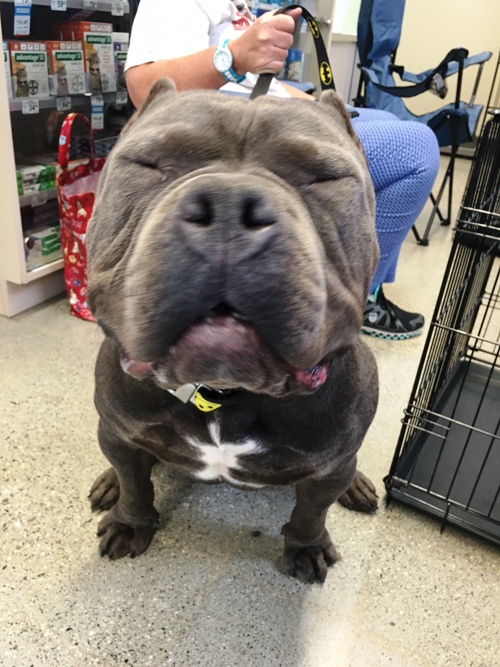LOS ANGELES, CA –
“My dog has fleas” is not solely an aid for tuning string instruments. Unfortunately, it is a statement of fact for many Southern Californians. These tiny insects are responsible for making the lives of pets and their owners miserable. Luckily, there are cheap ways to get rid of fleas on dogs. Fleas can cause irritation from a bite, but they are often responsible for more severe reactions.
Many animals develop allergies to flea saliva and this results in widespread skin irritation as it changes the ph levels on the skin, not restricted to the area that was bitten. The itching is often so severe that many dogs wear their front teeth down to the gums seeking some relief.
There are approximately 2,200 types of fleas in the world, but only four are of significance in the U.S.A. Of these four, Ctenocephalides felis is by far the biggest problem for our pets.
To attempt flea eradication, it is helpful to understand the life cycle of the flea. In order to lay eggs, a female flea needs to ingest blood. After feeding, she will lay 20-50 eggs per day and can live for 3-4 months. Once on a host, the flea will spend the rest of its life there ingesting blood and laying eggs. White eggs are laid on the hair, but quickly fall off. Within a week, the eggs hatch into little white caterpillar-like larvae.
These larvae feed on organic matter in the ground, carpet, or bedding. The main food source for the larvae is flea droppings, which contain partially digested blood. The sleeping area of your pet is the best place for larvae to develop. After 5-11 days, the larvae spins a cocoon, which is a safe hideout since it is resistant to many environmental threats, as well as to flea control chemicals.
These pupae are ready to hatch in 1-4 weeks, but may lie dormant for up to 6 months. They hatch in response to stimuli in the environment, such as touch, warmth, carbon dioxide, or vibration. This “trick” is the basis for a hungry horde of fleas welcoming the family home when returning from a vacation. These newly emerged adult fleas have only 3 objectives: find a host; suck their blood; and reproduce!
For every 5 fleas you see on your pet, you can assume that there are 10 pupae, 35 larvae, and 50 eggs in the environment. For this reason, flea control needs to be systematic and continuous. There are plenty of effective and safe products available to eliminate fleas. Nowadays, there are even essential oils for fleas on dogs if you prefer to take a more natural approach to flea prevention. If you still see fleas after treating your pet, it does not mean the fleas are resistant or the product is no good. Always consult your veterinarian to help formulate an effective flea control program.








Stay In Touch